Table 1: Article Outline
| Heading | Subheading |
|---|---|
| I. Introduction | |
| II. History of the Trucking Industry | |
| III. Importance of the Trucking Industry | |
| IV. Types of Trucks and Equipment | |
| V. Regulations and Compliance | |
| VI. Challenges Faced by the Trucking Industry | |
| VII. Technological Advancements in the Trucking Industry | |
| VIII. Impact of the Trucking Industry on the Economy | |
| IX. Environmental Concerns and Sustainability Efforts | |
| X. Future Trends and Innovations | |
| XI. Conclusion | |
| XII. FAQs |
Table 2: Article
Title: The Trucking Industry: Driving Economic Growth and Sustainability
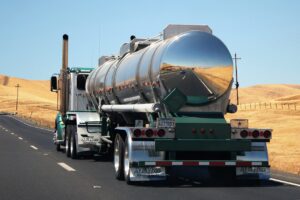
I. Introduction
The trucking industry plays a crucial role in the global economy, transporting goods across vast distances efficiently and reliably. With its extensive network and significant contribution to trade, the trucking industry has become an indispensable part of the supply chain. In this article, we will explore the history, importance, challenges, technological advancements, and future trends of the trucking industry, shedding light on its economic impact and environmental considerations.
II. History of the Trucking Industry
Trucking has a rich history that dates back to the early 20th century when horse-drawn wagons were gradually replaced by motorized trucks. The introduction of the interstate highway system in the 1950s further facilitated the growth of the industry, allowing for faster and more efficient transportation of goods across the country.
III. Importance of the Trucking Industry
The trucking industry serves as the lifeline of commerce, enabling the movement of goods from manufacturers to retailers and consumers. Without the trucking industry, supply chains would come to a halt, impacting businesses and consumers alike. The industry’s ability to deliver products swiftly and reliably ensures the availability of goods and promotes economic growth.
IV. Types of Trucks and Equipment
The trucking industry encompasses a diverse range of vehicles and equipment tailored for specific purposes. From semi-trucks and flatbed trailers to refrigerated trucks and tankers, each type of truck serves different transportation needs. Specialized equipment such as hydraulic lifts and refrigeration systems further enhance the industry’s capabilities.
V. Regulations and Compliance
To ensure safety and fair business practices, the trucking industry is subject to various regulations and compliance standards. Government agencies enforce rules regarding driver qualifications, maximum driving hours, weight limits, and cargo securement. Compliance with these regulations promotes road safety and protects the interests of both trucking companies and the general public.
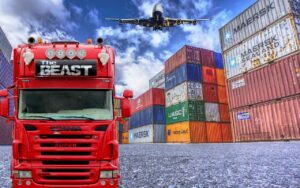
VI. Challenges Faced by the Trucking Industry
The trucking industry faces several challenges, including driver shortages, rising fuel costs, and increasing traffic congestion. These factors contribute to higher operating expenses and can impact the timely delivery of goods. Additionally, the industry must adapt to changing market demands and evolving customer expectations.
VII. Technological Advancements in the Trucking Industry
Advancements in technology have revolutionized the trucking industry, enhancing efficiency, safety, and sustainability. GPS tracking systems, telematics, and real-time data analytics optimize route planning, fuel consumption, and fleet management. Moreover, autonomous vehicles and electric trucks hold the potential to transform the industry in the coming years.
VIII. Impact of the Trucking Industry on the Economy
The trucking industry plays a vital role in driving economic growth by connecting manufacturers, distributors, and retailers. It creates employment opportunities, stimulates trade, and contributes to GDP. The industry’s efficiency and cost-effectiveness have a direct impact on the affordability and availability of goods, influencing consumer spending patterns.
IX. Environmental Concerns and Sustainability Efforts
The trucking industry recognizes the need for sustainability and environmental stewardship. Efforts to reduce carbon emissions include the adoption of cleaner fuels, aerodynamic designs, and improved engine efficiency. The industry is also exploring alternative energy sources, such as electric and hydrogen-powered vehicles, to minimize its environmental footprint.
X. Future Trends and Innovations
The trucking industry is poised for significant transformations in the future. Developments in autonomous driving technology, platooning, and connectivity will increase operational efficiency and safety. Furthermore, the integration of blockchain technology and the Internet of Things (IoT) will enhance supply chain visibility and streamline logistics processes.
XI. Conclusion
The trucking industry remains a cornerstone of global trade, enabling the movement of goods that sustain economies and livelihoods. Despite the challenges it faces, the industry continues to evolve, leveraging technology and embracing sustainability to meet the demands of a changing world. As we move forward, the trucking industry will play a vital role in shaping the future of transportation and commerce.
XII. FAQs
Q1: How has technology improved the trucking industry? Technology has greatly improved the trucking industry by optimizing route planning, enhancing safety through real-time data analytics, and exploring autonomous and electric vehicle options for a more sustainable future.
Q2: What are the main challenges faced by the trucking industry? The trucking industry faces challenges such as driver shortages, rising fuel costs, traffic congestion, and the need to adapt to evolving market demands.
Q3: How does the trucking industry contribute to the economy? The trucking industry contributes to the economy by connecting manufacturers, distributors, and retailers, creating jobs, stimulating trade, and influencing consumer spending patterns.
Q4: What sustainability efforts are being made in the trucking industry? The trucking industry is making sustainability efforts by adopting cleaner fuels, exploring electric and hydrogen-powered vehicles, and implementing aerodynamic designs to reduce carbon emissions.
Q5: What does the future hold for the trucking industry? The future of the trucking industry looks promising, with advancements in autonomous driving, platooning, connectivity, and the integration of blockchain and IoT technologies to enhance efficiency and streamline logistics processes.
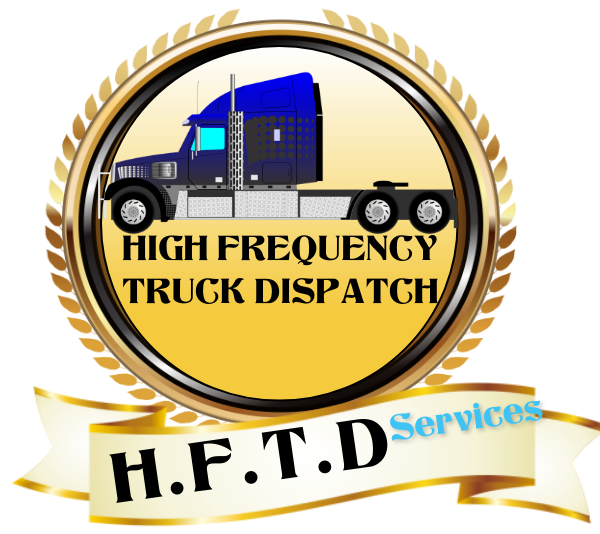

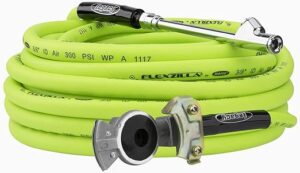
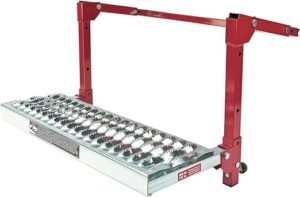



No Responses